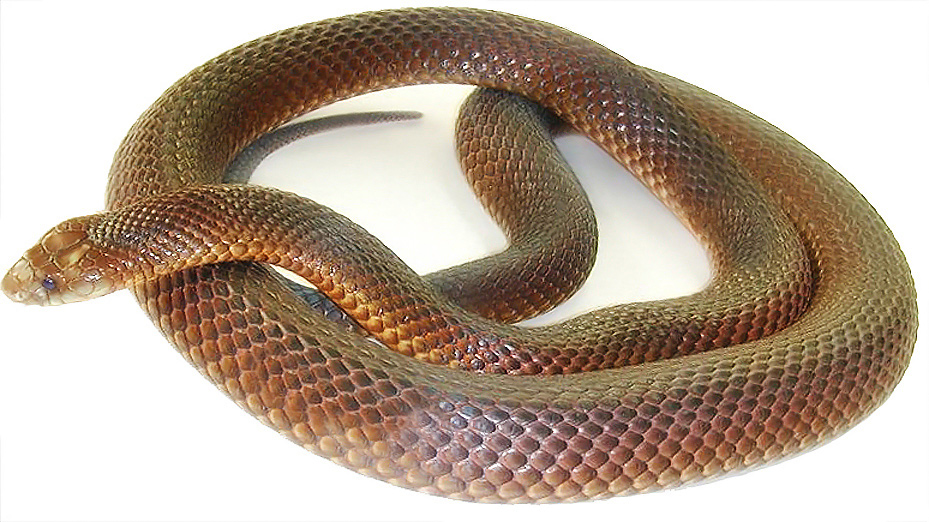First Aid
If you suspect your pet has been bitten by a snake you should immobilise your pet and try to keep him/her as quiet as possible. It is vital that you take your pet to a veterinarian as quickly as possible. The sooner your pet is treated, the better their chances of survival.
Queensland is home to about 120 species of snakes. About 65% of these are venomous. Venom production is a characteristic of two groups of snakes; the front-fanged snakes (elapids) and some of the rear-fanged snakes (colubrids).
Signs of a Snake Bite
Several factors will determine what sort of reaction your pet has to a snake bite. The type of snake (some species of snake are more venomous than others), the amount of venom injected (depends of the size and maturity of the snake) and the site of the snake bite are all contributing factors.
Dogs and cats are most often bitten around the head and limbs. Usually the closer the bite is to the heart the quicker the venom will be absorbed into the pet’s system and distributed around the body.
At the beginning of summer, when snakes first emerge from hiberation, their venom glands tend to be fuller and their bites at this time are much more severe. The length of time since the snake last struck can also be a contributing factor.
The signs of snake bite by a tiger or brown snake are varied. They may show some or all of the following signs:
- Sudden weakness followed by collapse.
- Shaking or twitching of the muscles and difficulty blinking.
- Vomiting.
- Loss of bladder and bowel control.
- Dilated
- Paralysis.
- Blood in urine.


Veterinary Treatment
Firstly your veterinarian will examine your pet, assess the clinical sign they are showing and determine the best course of action. Further diagnostic tests may be required to determine if your pet has actually been bitten and sometimes it is useful to identify the type of snake via a snake bite detection kit.
Veterinary treatment varies with each individual case, how severe the symptoms are and how rapidly the symptoms progress. Treatment usually consists of intravenous fluids and the administration of antivenom to neutralise the snake venom in the pet’s body. Some patients require multiple vials of antivenom.
Other supportive care may also be required – including oxygen supplementation and even breathing for the pet if they are not breathing well on their own. This needs to continue until the circulating antivenom has been neutralised and any bound venom has worn off.
If your pet is given antivenene for a snakebite, it is only being used to neutralise the snake venom in your pet’s system at that time. It does not protect your pet in future from further envenomation from a snake. Antivenene is not a vaccination or a preventative medication.
Recovery
Approximately 80% of pets survive snake bite if treated quickly. The survival rate is much lower however for pets that are left untreated, and death can occur.
Recovery from a snake bite usually takes 24 to 48 hours if the pet receives prompt veterinary attention and the snake bite is not severe. However, some pets will take substantially longer to make a full recovery due to tissue damage to internal organs and will require intensive and prolonged nursing care.
What To Do If You Find A Snake
If there is a chance that a snake could find its way into your home you should have the number of a commercial snake catcher on hand. Snakes found on your premises can be removed and relocated by snake catchers authorised under the Nature Conservation Act 1992. Contact details of local snake catchers can be obtained here.
It is important to remember that snakes are an important part of the environment and the relocated snake is often replaced by another living nearby. The best approach is to snake-proof your house.
Remember… if your pet is bitten DO NOT try to catch or kill the snake, all Australian snakes are protected and you may expose yourself to unnecessary danger.





